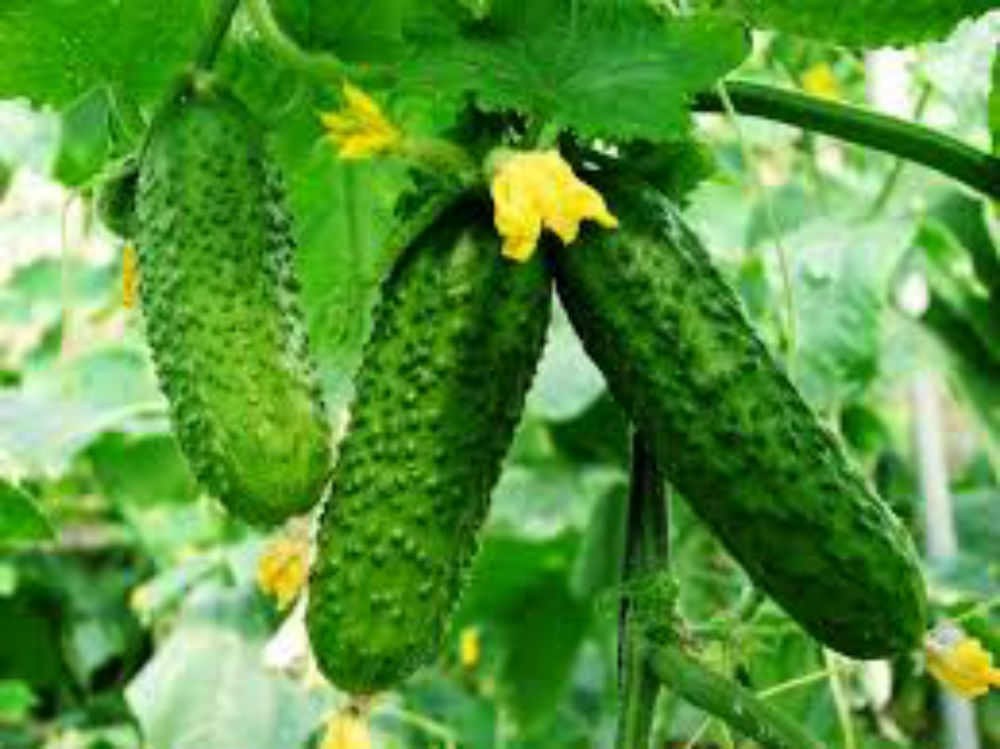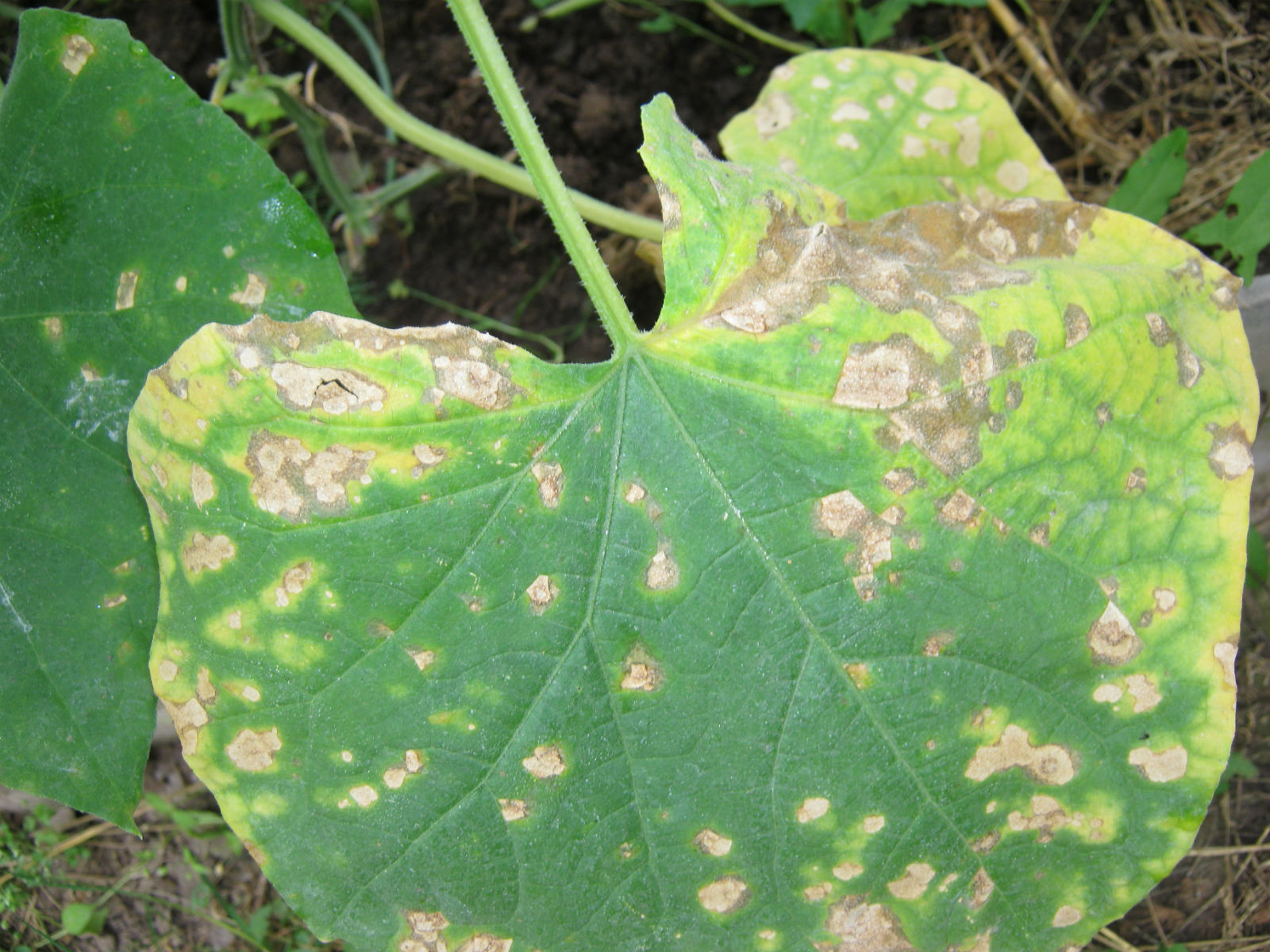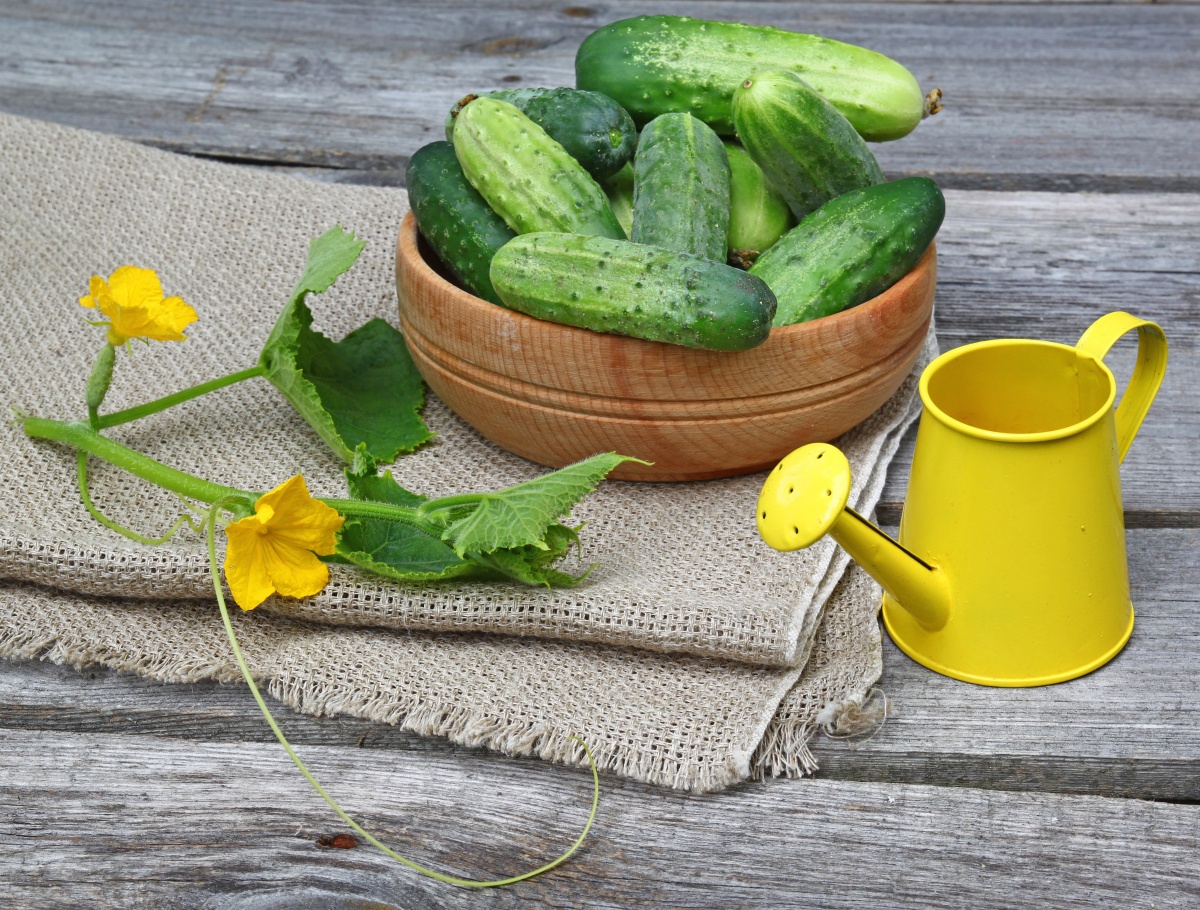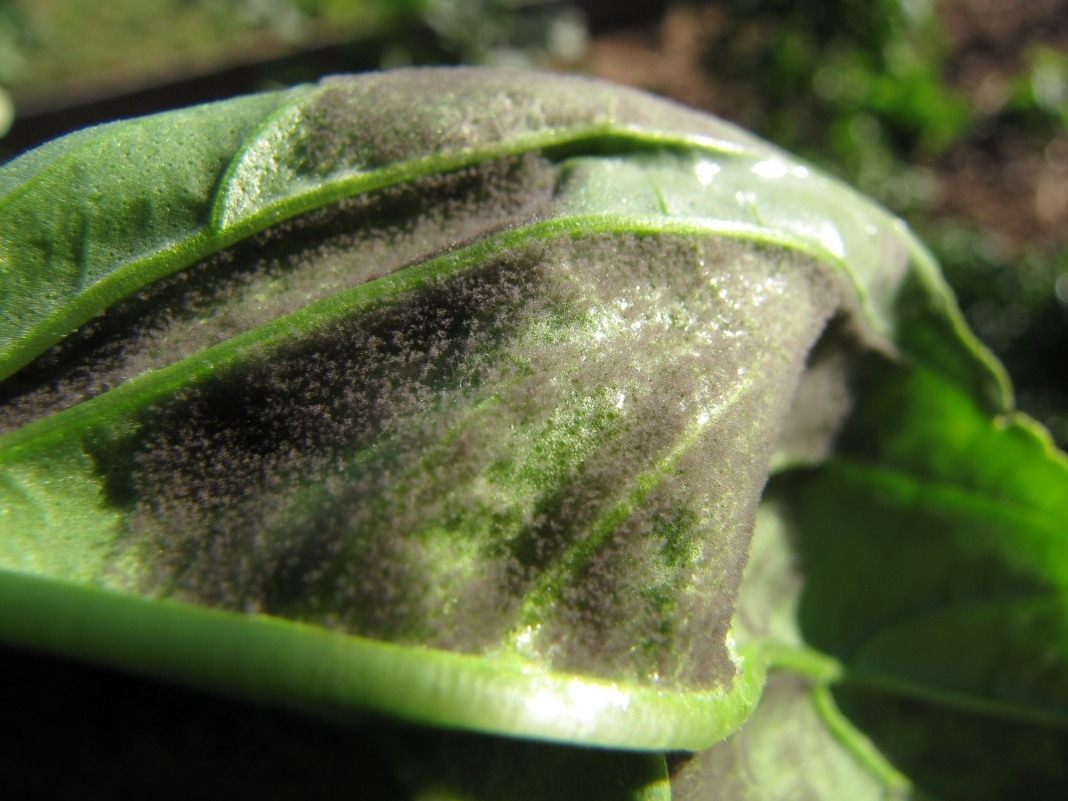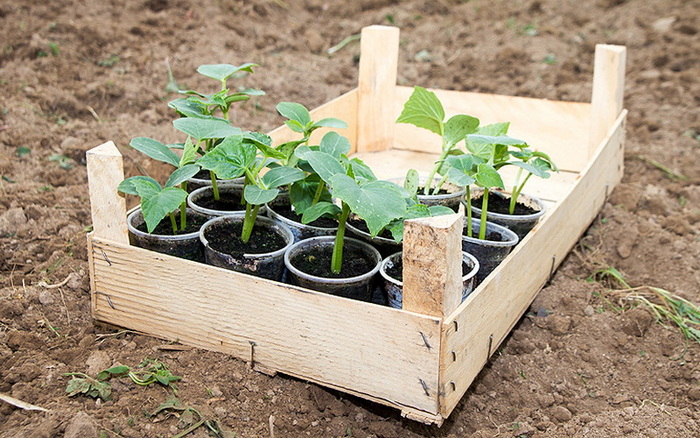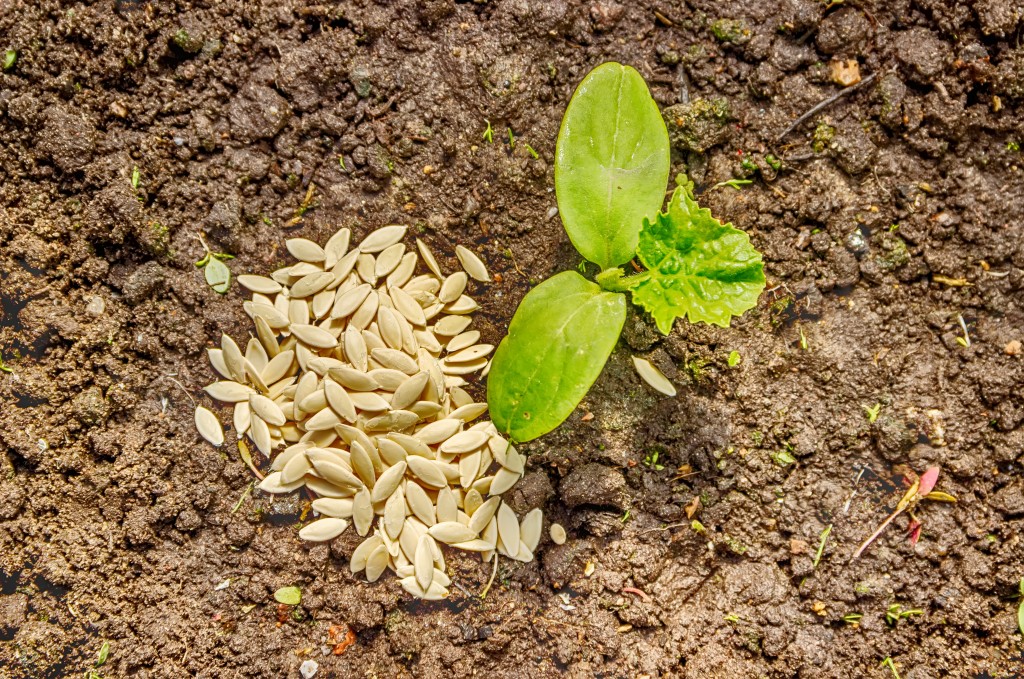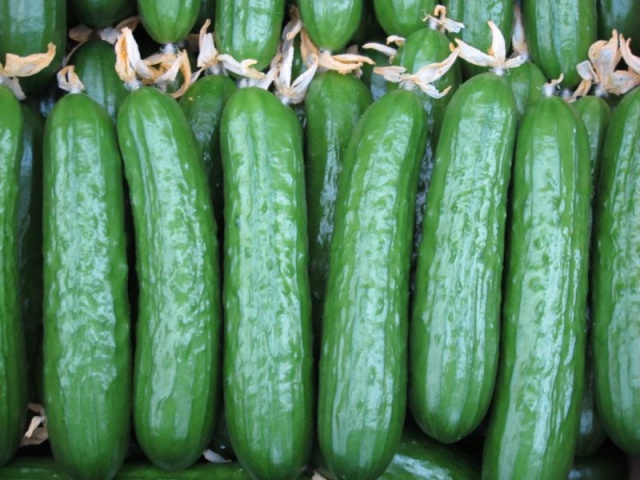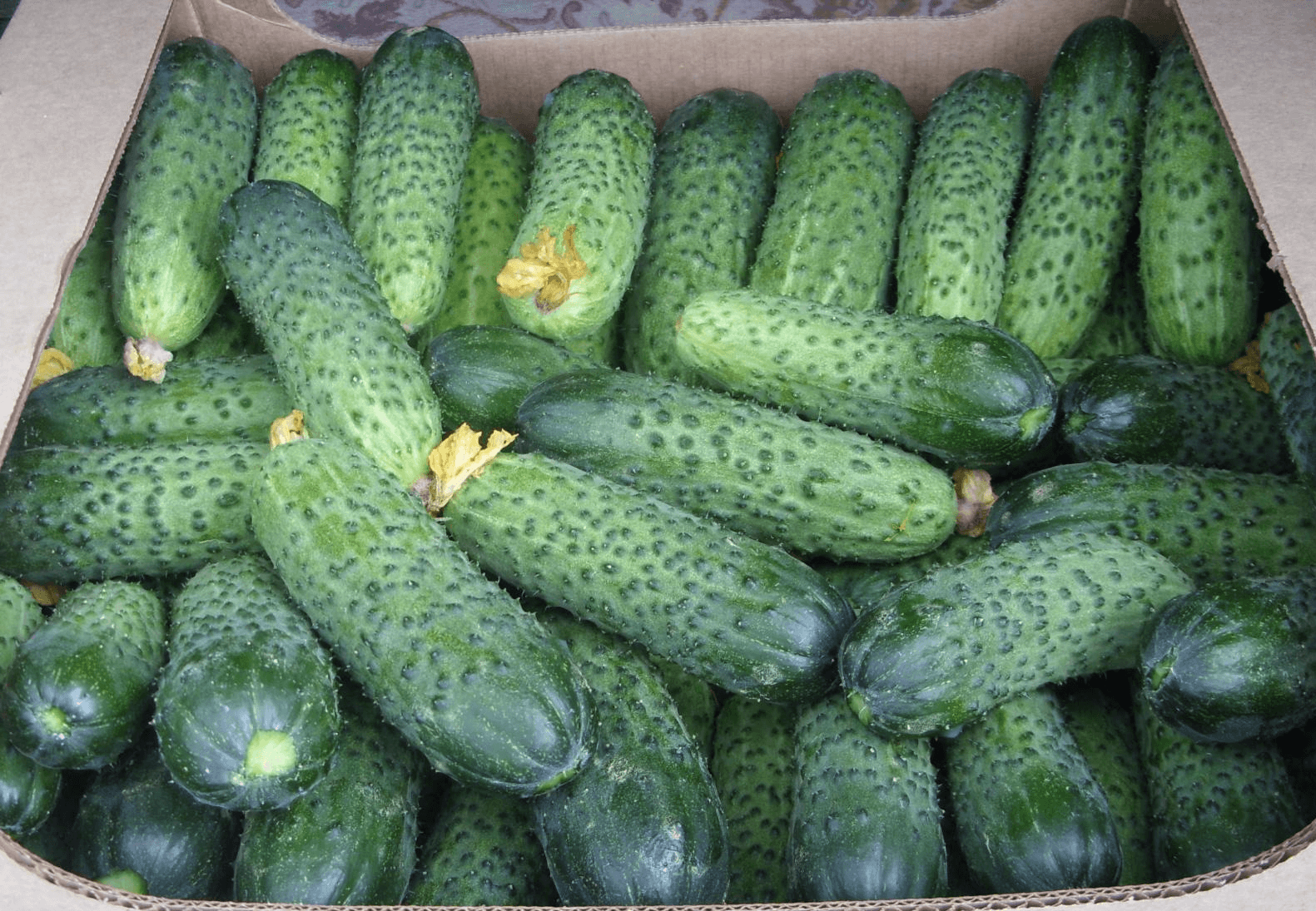Content:
Pseudoperonospora cubensis Rostowz is the causative agent of the most dangerous disease called peronosporosis, or downy mildew that infects cucumbers. In a matter of days, you can lose the entire crop if you do not take appropriate measures.
What conditions are needed for seedlings in the greenhouse and in the open field
It is believed that the seedlings of cucumbers are ready for planting in a permanent place when there are 3-4 true leaves on young plants. On average, this occurs at the age of 30 days from germination. The requirements for conditions in a greenhouse and an open bed are similar, but they have some nuances.
Soil temperature should be + 15 ° C and above. This is a general requirement that must be met in the beds, even at night. For most regions, this is possible in the last decade of May. Greenhouse soil and air can be artificially heated and planted much earlier.
The optimum air temperature is +20 ° С. In the greenhouse, it is regulated by heating and ventilation. On the beds, they make sure that it does not fall below +16 ° C, and in case of short-term cold snaps, film shelters are used, especially at night.
Before planting in the greenhouse, a mandatory disinfection procedure is performed. Remove the top layer of soil 3-4 cm. It contains all pathogenic bacteria. Trellises and newly poured soil with humus are treated with a solution of copper sulfate.
We look at the optimal distance between the bushes on the packing of seeds, but you can also use general recommendations. In greenhouses, cucumbers never thicken more than 30 cm between individual plants. On the beds, the distances are made larger, and the row spacings are kept from 50 cm. You can use the checkerboard planting scheme.
Further care consists in watering, weeding, as well as pinching and tying growing lashes to the trellis.
Peronosporosis on cucumbers
The danger of the disease is that it only takes 2 weeks for him to completely destroy the infected bush. It is transferred from plant to plant by air. This is why even one affected plant in a greenhouse or greenhouse becomes a threat to an entire garden bed or greenhouse. Moreover, if there is already a diseased bush, then just 3 days after infection of the zoospores of peronosporosis with water droplets, they easily wander from greenhouse to greenhouse and to open beds.
What does it look like
The first signs appear on the obverse of the leaves. These are bright yellow spots. Then the leaf from the inside is overgrown with a bloom of gray-violet color, which is ripe and ready to transfer zoosporangia. Separate spots on individual leaves quickly cover an ever larger area. The leaves begin to dry out and turn upside down. After the dried leaves fall off, the vine experiences a lack of nutrients. New fruits are not tied, and the existing ones do not have the strength to ripen and turn yellow, drying out.
In the south, there is a latent form of peronosporosis, which manifests itself in a somewhat slower development of the disease. The leaves are initially covered with small or mosaic spots, due to which they gradually acquire a lemon yellow color.If the air humidity is high, then the plaque takes on an oily appearance. As soon as the disease gets to the point of growth, the bush dies.
Downy mildew on cucumbers: control measures
The negative effects of high temperatures and bright sunlight on a pathogen are well known. Hence, there are risk factors for planting cucumbers:
- Sharp temperature jumps. Cold dew is an ideal carrier for zoospores.
- High humidity. In a poorly ventilated greenhouse, humidity can reach 100%, and the condensation that forms on the leaves is a well-worn path for the spread of the disease.
- Tight, thicker fit. In this case, there are simply no obstacles to the spread of zoospores.
- Watering with cold water. This reduces the immunity of even varieties resistant to downy mildew.
Among the popular methods of combating fungal infection, the following can be noted:
- Zelenka. Proven and popular remedy. It contains copper, which destroys zoospores. To prepare a working solution that helps against the defeat of downy mildew, you will need 1 drop of brilliant green for each liter. Then they are sprayed with plantings in the morning.
- Iodine. A solution is prepared from 1 liter of skim milk, 10 drops of 5% iodine and 9 liters of water. All plants are sprayed with them for prevention.
- Soda. Its solution (25 g per 5 l) is sprayed on the bushes in the morning, thereby disinfecting the dew.
- Fitosporin. This powder preparation is good for soil disinfection before planting seedlings in greenhouses and open beds. But you can also handle just planted seedlings. To prepare the solution, you will need 6 g of the drug for every 10 liters of water. The frequency of treatments is 3 weeks.
- Topaz. This fungicide is sold in 2 ml ampoules. One is enough to prepare 10 liters of working solution. In dry and calm weather in the morning hours, spraying is carried out at intervals of 2 weeks.
How downy mildew will affect the crop
If the diseased plants are treated with a suitable preparation, the fungus will be destroyed, and the bush will continue to grow and bear fruit. A different picture is observed in the absence of any treatment.
Initially, only individual plants will be affected. The pathogen takes an average of 2-3 days to defeat the next layer of leaves on the bush. Zoospores are scattered around every day, infecting neighboring cucumber vines. Spots on infected leaves spread quickly, causing them to dry out and then fall off. After some time, the bushes will be completely without foliage with sluggish yellowing fruits. In another week, all infected bushes will die.
Timely prevention, as well as prompt measures to treat downy mildew will help save the crop.
Prevention of peronosporosis in cucumbers, treatment
Among agrotechnical preventive measures, the following are of greatest importance:
- Removal of all post-harvest residues
- Replacement of the top layer in greenhouses, disinfection of soil in open beds.
- Timely watering without flooding plantings.
- Find out in time how often cucumber peronosporosis occurs in a given region in order to draw up a plan of preventive measures
- Purchase of seeds of disease-resistant hybrids: Farmer, Blu, Regatta, Phoenix 640 and others.
- Seed treatment with fungicidal solutions before sowing
- Maintaining optimal humidity in the greenhouse, excluding condensation on the leaves.
- The affected bushes are pulled out entirely, and then burned
Among the biological protection measures, spraying with a 1% solution of Trichodermin is used, and at the initial stages of planting they are treated with Planriz.
